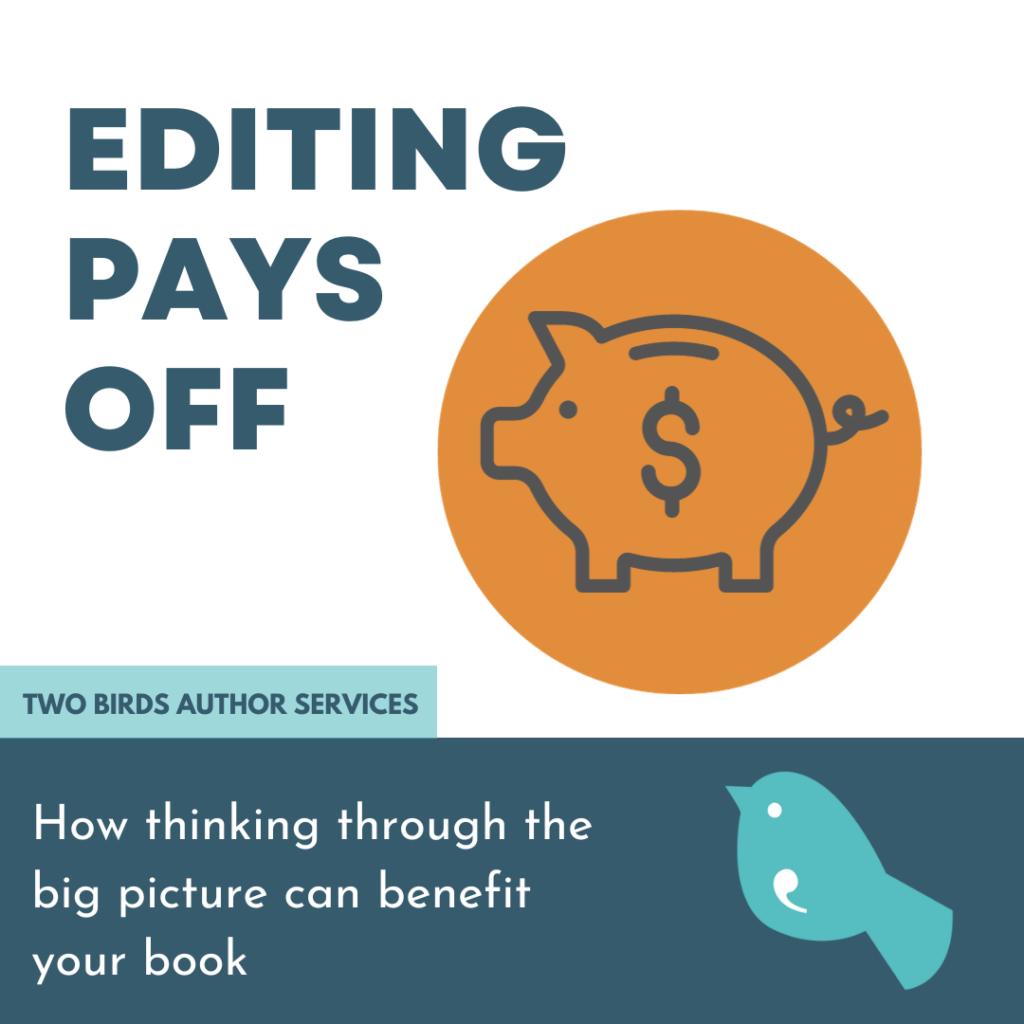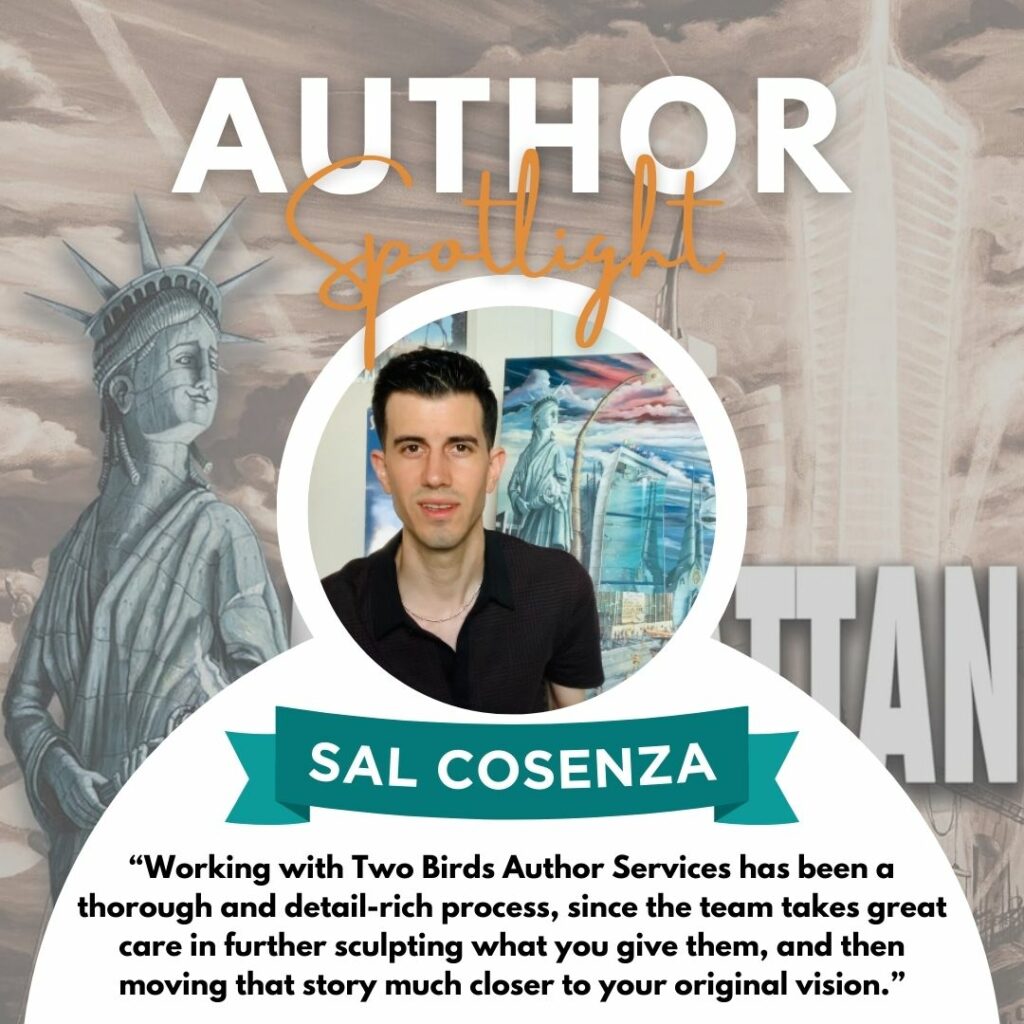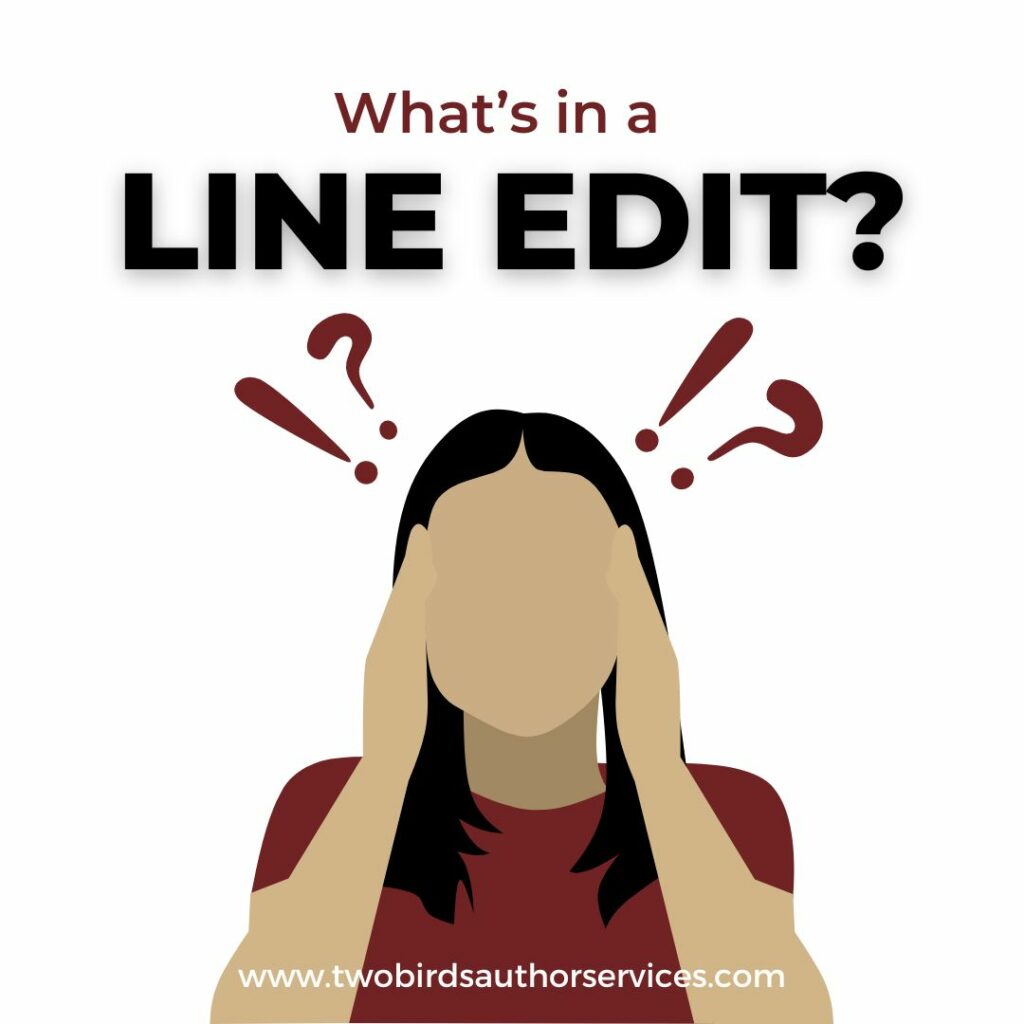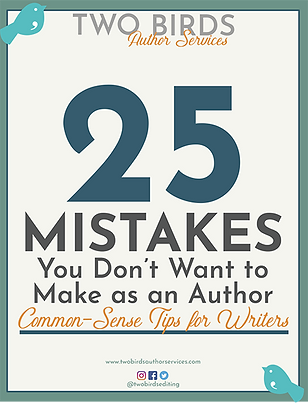HOW THINKING THROUGH THE BIG PICTURE CAN BENEFIT YOUR BOOK

At Two Birds, we definitely get the appeal of following inspiration as it hits. There’s a certain thrill to jumping into the deep end of your newest book idea and just going with it. We’ve all tried that at least once, haven’t we? Just following a great idea blindly, enjoying the rush.
nn
Of course, that leads to hitting the brick wall of writer’s block a lot of the time, as you eventually reach a point when you’ve got no idea where to take the plot next. But it also breeds another issue that’s common in early draft manuscripts. Yes, we’re talking here about a lack of cohesion, a blurry vision that, if left uncorrected, will definitely turn readers off.
nn
The most successful books, in general, share somewhere very specific that you have to plan in drafting and especially editing to achieve—a carefully planned and meticulously shaped design that is firing on all fictional cylinders. To put that another way, a great book intentionally weaves all the elements of fiction—character arcs, plot arcs, descriptions, word choices, thematic imagery, tone, point of view, and more—to mercilessly serve your goal as an author for that book.
n
Don’t be afraid of using your writing GPS
n
You can fly by the seat of your pants for part of your writing excursions, but at some point, you’re going to need a clear map for every element of the story. This is because your story elements need to work together. The better they collaborate and complement one another, the more satisfying the story to the reader.
nn
What do we mean here? Let’s look at a few quick examples of how things you might wing it with need to be rethought during editing so they fit like two people in a happy, healthy relationship.
nn
Point of view and dramatic tension
n
Many stories have an innate potential for drama and excitement. Thrillers, for example, have a roller coaster feel by nature, and many science fiction and horror novels do too. Point of view can make that action feel personal, emotional, and heart-pounding. OR…it can slow things down and make the action feel distant rather than emotive.
nn
Sometimes, you may want that distance, as in scenes that get gory. Other times, you may want moments like the hero’s race to escape the serial killer before he can kill the hero need to feel visceral. First person, third person, limited or omniscient, point of view affects how tense and immediate a scene feels to the reader.
n
Description and Pace
n
Imagine a scene in which a police officer needs to find a kidnapped child in the next 60 minutes or the child will die. A rushing, intense pace, like white water rafting, is crucial to create the heart-racing feel your reader will want to experience.
nn
Some description is going to be needed in that scene to create an immersive setting that the reader can envision. But if the description of the setting goes on too long, it slows the pace down, perhaps too much.
n
Description, Plot, and Theme
n
An even more subtle descriptive issue that can strike your early manuscript drafts is the use of irrelevant details. Frankly, it can be hard to be sure what details to include in an early draft, but as you edit, you can and should carefully consider what details will bring to life the overall plot arc as well as your theme.
nn
For instance, if your plot is built around an antagonist who loves bringing people into the darkness, and if the theme is that the world can get pretty dark before it gets brighter, then as you edit, look for those elements in your description and get creative. Shadows, broken lamps, and such are obvious. But other ways to draw us into that theme might be a black cat in the room, or the fact that all the paintings on the wall are black and brown and eggplant colored.
nn
Details like flowery plants, on the other hand, may not fit and need to be cut. And maybe what the character had for lunch is useless in this context. Stuff that sets the scene, but isn’t tied to plot and theme, can muddy what you’re trying to achieve.
n
Rules are made to bend to your purposes—if you know when to bend them
n
Everything you do in your writing can be bent and shaped to the overall goal of your book. But to do that effectively, you’ve got to be purposeful and focused. Hot words like very and just can weaken writing in general, but sometimes those words need to be there. You have to know when to leave them in for purposeful effect.
nn
Likewise, passive language, short sentences, fragments, lengthy sentences, stream of consciousness… All these tools of style can create smooth sailing, or they can be a total detriment and roadblock. Which of the two you’ll achieve depends largely on your intentionality around your writing and your purpose.
n
Editors are meant to shape your tools to create the best book
n
It’s not always easy to see these elements for how well (or poorly) they’re functioning in your story. Yes, you can and should work to improve your own self-editing skills. That’s what our blog and our client-only Facebook group, The Bird’s Nest, are for. But at some point, authors simply get a little too close to their writing, and they need more objective eyes to see what’s being missed.
nn
Editors are made for that purpose. That’s what we’re here for. And believe us, every writer needs an editor’s help. (To get a real picture of this, read The Artful Edit by Susan Bell to discover just how much F. Scott Fitzgerald worked on rewriting his big picture and small picture story elements to create The Great Gatsby.)
nn
We love working with writers through manuscript critiques, developmental editing, and other services that help you reshape all those different elements so that everything in your manuscript is working together to achieve the purpose for which you’re writing…to ensure your reader is experiencing the book you want to give them…and help you grow your readership and your sales. It all works together to create your success as an author.
nnn
If we can help you assess your manuscript to see how well plot and character are working together to create that inevitable sense of satisfying conclusion, let us know. Our manuscript critiques and developmental editing services are perfect for that purpose.
nnn
Have questions about the editing process? We’d love to chat with you and help you figure out your next steps. ,Contact us to set up a free sample edit.
nn
Sign up to receive our monthly newsletter, full of more helpful info and special deals!
n




